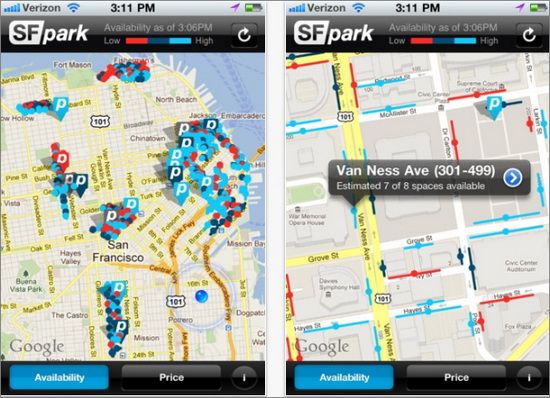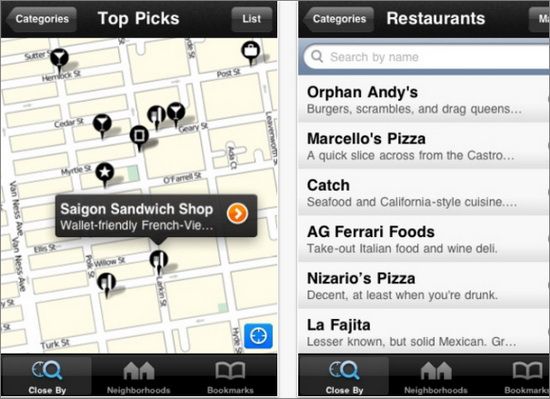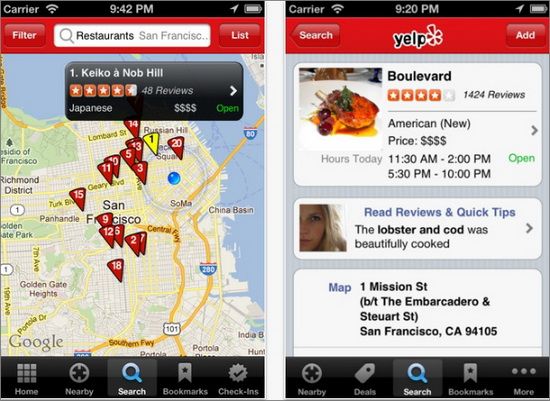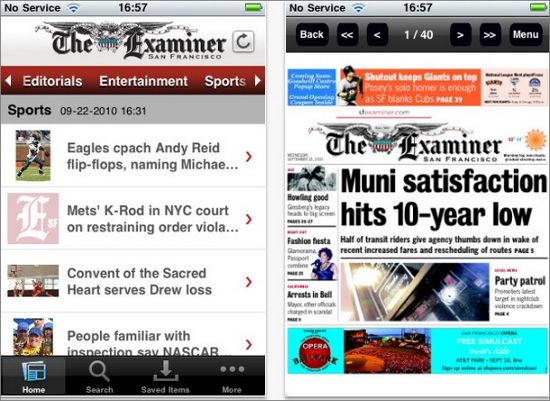Here is some of what we discovered:
77% said they had trouble focusing on one thing at a time, and felt easily distracted during the day.
80% said they take too little time to think strategically and creatively, and spend too much of their time reacting to immediate demands rather than focusing on activities with long-term value and higher leverage.
54% said they often feel impatient, frustrated or irritable at work, especially when demand gets high.
How surprising is it that leaders with such a profile would make short-sighted and ill-considered decisions? The pictures those numbers paint ought to be alarming.
Nor are these bankers a bunch of outliers. Over the past three years, we've given the same audit to tens of thousands of leaders and managers across dozens of companies in multiple industries and the results have been remarkably consistent - and similar to the bankers above.
We believe the most fundamental explanation is an under-recognized personal energy crisis. Energy, after all, is the capacity to do work. In the face of relentlessly rising demand, fueled by digital technology and the expectation of instant 24/7 responsiveness, employees around the world are increasingly burning down their energy reserves and depleting their capacity.
Consider these further findings from the audit of the bankers above:
82% reported they regularly get fewer than 7-8 hours of sleep and often wake up feeling tired.
70% don't take regular breaks during the day to renew and refuel.
70% eat lunch at their desks, if they eat lunch at all.
65% don't consistently work out.
68% said they don't have enough time with their families and loved ones, and when they're with them, they're not always really with them.
71% take too little time for the activities they most deeply enjoy.
Put simply, these leaders are spending more energy than they're taking in. Do that with money, and you ultimately go bankrupt. Do it with your energy, and you'll eventually be running on empty.
The vast majority of organizations — and CEOs — have failed to fully appreciate the connection between how well they take care of their employees; how energized, engaged and committed those employees are as a result; how well they take care of clients and customers; and how well they perform over time.
So what is the impact, and what steps can leaders take to address this energy crisis?
1. Even small amounts of sleep deprivation — anything less than 8 hours — take a progressive toll on people's ability to sustain attention, which is a sine qua non of both efficiency and quality at any given task.
Don't allow, or at least discourage, early morning or late night calls or meetings.
2. Even with sufficient sleep, human beings aren't designed to work for more than 90 minutes continuously at the highest level of focus. The more continuously we work without a break, the more we deplete our capacity to make rational, reflective decisions.
Normalize real renewal breaks, take them yourself, and encourage people to take them throughout the day. Bolder still, authorize afternoon naps, as a way to drive much higher performance in the subsequent several hours.
2. Eating high-energy foods at frequent intervals — lean proteins and complex carbohydrates at least every three hours — ensures access to a steady level of glucose, which is our most primary source of energy and capacity.
Subsidize healthy foods in cafeterias, provide healthy food at offsites, and encourage people to get out for lunch.
3. Working out is not simply a way to build endurance, strength and better health, it's also a powerful form of mental and emotional renewal and therefore builds capacity across multiple energy dimensions.
Provide fitness facilities, at low cost or no cost, or subsidize outside gym memberships. Hold walking one-to-one meetings.
4. Time with loved ones, and for activities we deeply enjoy, are powerful sources of emotional renewal and fuel positive emotions. The better we feel, the better we perform.
Don't email people at night or on weekends, and don't expect them to email you. If it's urgent, call them, so they don't feel compelled to constantly check their digital devices.
5. Doing one thing at a time, in an absorbed way, is not only more efficient, but also leads to higher quality work.
Encourage your people to set aside times every day for uninterrupted focus — above all by doing the most important thing first every day for 60 to 90 minutes, and then taking a break.
It's in every leader's self-interest to actively encourage employees to care of themselves, and to create cultures that value regular renewal — physically, mentally, and emotionally — as a key component of sustainable high performance.
Success isn't about getting more out of your people. It's about investing more in them.
Fuente: http://blogs.hbr.org/schwartz/2012/06/share-this-with-your-ceo.html






